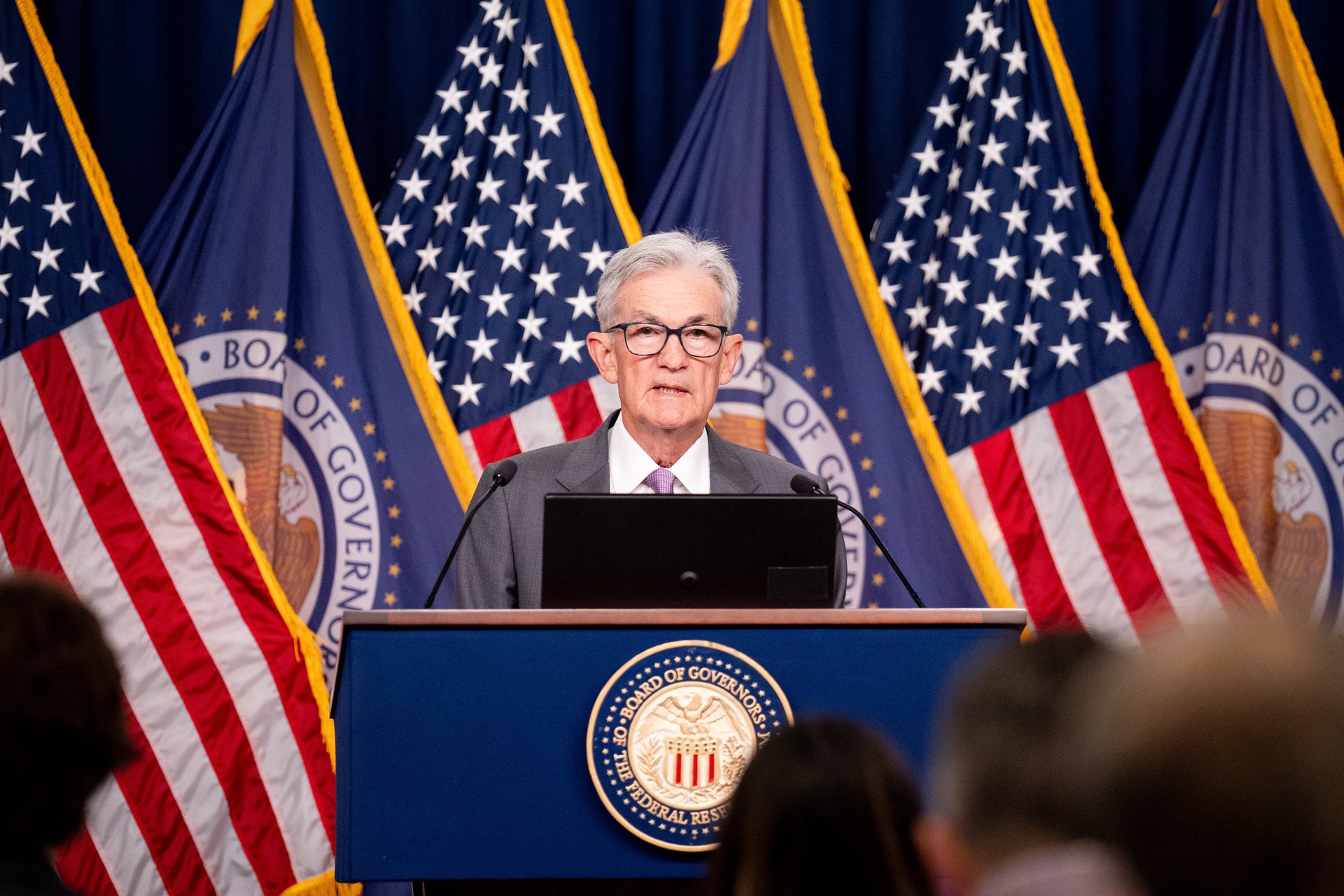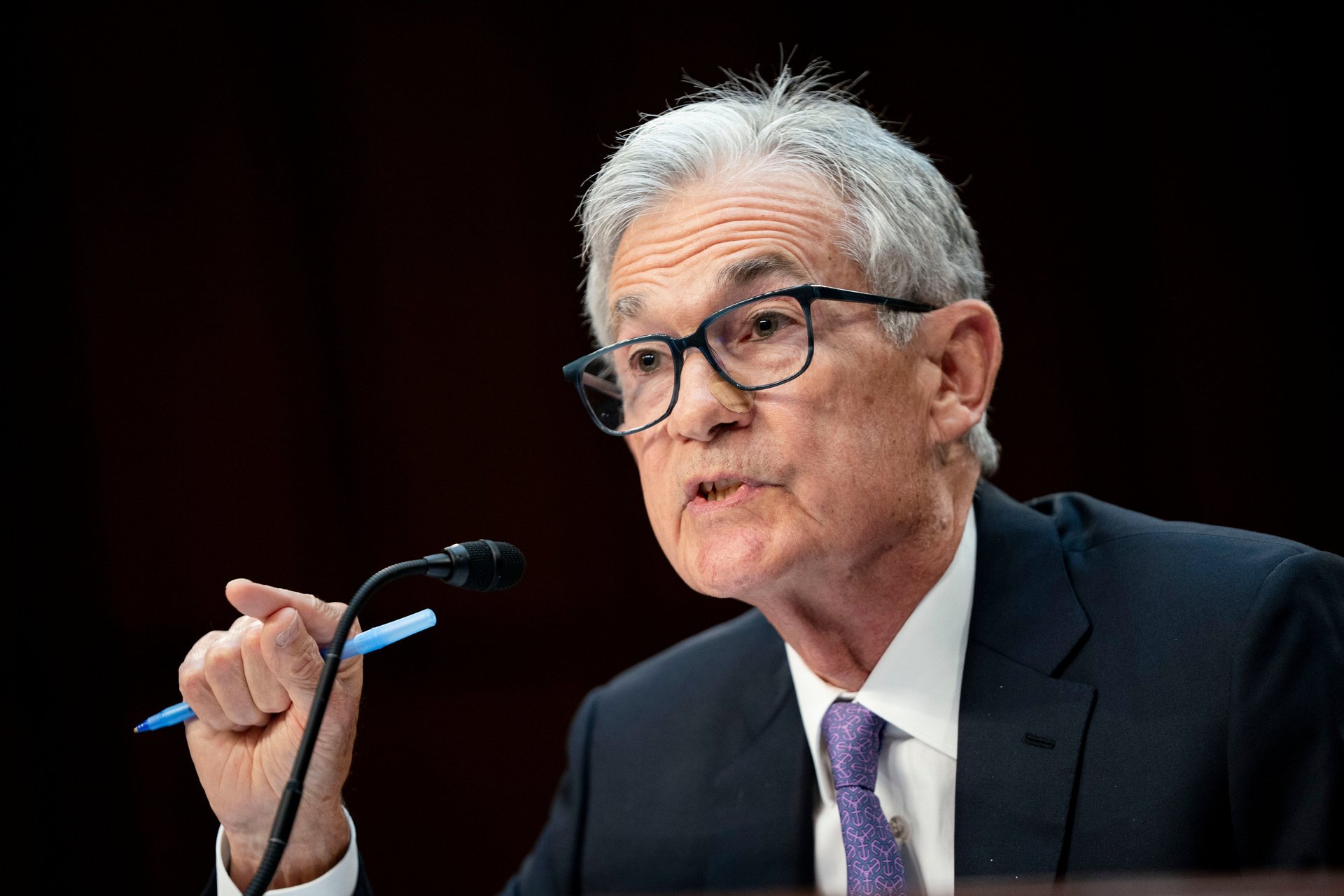The Fed's interest rate cut will be good for stocks — but this strategist is still worried
The Federal Reserve is expected to cut rates in September. Kristina Hooper, a strategist at Invesco, breaks down what the market's reaction will be

Kristina Hooper, Chief Global Market Strategist at Invesco (IVZ), spoke with Quartz for the latest installment of our “Smart Investing” video series.
Watch the interview above and check out the transcript below. The transcript of this conversation has been lightly edited for length and clarity.
ANDY MILLS (AM): The Fed is likely to cut interest rates. What’s the market’s reaction going to be?
KRISTINA HOOPER (KH): I think the market is likely to react positively, perhaps not dramatically so because it’s becoming increasingly priced in. But I think the general environment will be positive and I think we’ll see an environment that is supportive of risk assets for months to come because there is an anticipation that this is not a one and done that we have a number of rate cuts ahead of us.
AM: You said it’s gonna be supportive of risk assets. What does that mean?
KH: It means that we’re likely to see stocks perform well as well as those areas of fixed income like high yield, that have more stock-like performance. I would anticipate they do well looking back at 1995, 1996 as a possible playbook. Now, we know history doesn’t repeat itself, but it often rhymes. And so I’m hopeful we can take some clues from what happened then. That was the last time the Fed was able to tighten and still avoid a recession. And so seeing the performance of asset classes once the Fed started easing, I think can be informative. And what we saw was that in the six months following the start of Fed easing risk assets, equities in particular performed well. We saw value outperformed growth, but not dramatically. We saw large caps outperform small caps, but only modestly. But in general it was an environment in which stocks moved higher.
AM: How should investors prepare for this?
KH: I am a big believer in maintaining a long time horizon and focus because we do tend not to need to see goals reached for a long time. So I wouldn’t make any massive changes as a result of my expectations. I would be well diversified, but I would have adequate exposure to a variety of different equity asset classes. And by that I mean not just domestic but international and within the domestic space, most investors probably are underweight, value cyclicals are probably underweight small caps because they’ve underperformed in recent years. So if you’re not doing regular rebalancing, you probably have a need to increase your exposure there. I also would say the same thing about international. We probably have many investors with portfolios that are underweight international because it has underperformed in recent years. And so this would be a good opportunity to not necessarily take from their growth, take from their tech holdings, take from their large cap holdings, but actually take from the cash sitting on the sidelines because many investors are very overweight cash right now and deploy that into small caps and cyclicals and international equities as well as some great fixed income options like high yield, like municipal bonds. There is a lot of opportunity in this environment.
AM: September is historically a rough month for investors. Do you see a recession ahead?
KH: I don’t. I think the US will be able to avoid a recession and there are a few different reasons for that. First of all, the US consumer has been relatively insulated from the aggressive rate hikes of the Fed. Unlike other countries where mortgage rates adjust relatively quickly or their floating rate, this has been their aggressive rate. Hike cycles have been oppressive and have had a greater impact on consumers. In the US we have about 92% of mortgages are long-term fixed-rate mortgages. The average rate on those mortgages is a little over 3.6%. So many consumers haven’t felt the pressure of rising rates in one of their biggest line items of spending, again, unlike peers in other countries. And so that has been a positive. We’ve also had very significant fiscal stimulus. This has been a result of covid in addition to other fiscal spending that has created an environment in which consumers are in relatively good shape. They’ve also shored up their balance sheets. So it’s a very different environment I think, and one in which even though there is pressure on lower income consumers, I think we’re going to be able to avoid a recession. The takeaway for me from earnings season is that there’s definitely differences among different income groups and consumers and we do have to worry about the pressure on lower income consumers. But what we can look to is the fact that inflation adjusted wage growth is improving, real wages are improving, that should be a positive catalyst and rate cuts should be a positive catalyst. Certainly every day that rates are this high, the recession risk increases, but as soon as we start easing, I think that will take some pressure off consumers and frankly the overall economy. And that again should help us, even though I recognize there are lagged effects for monetary policy that should help us avoid a recession.
